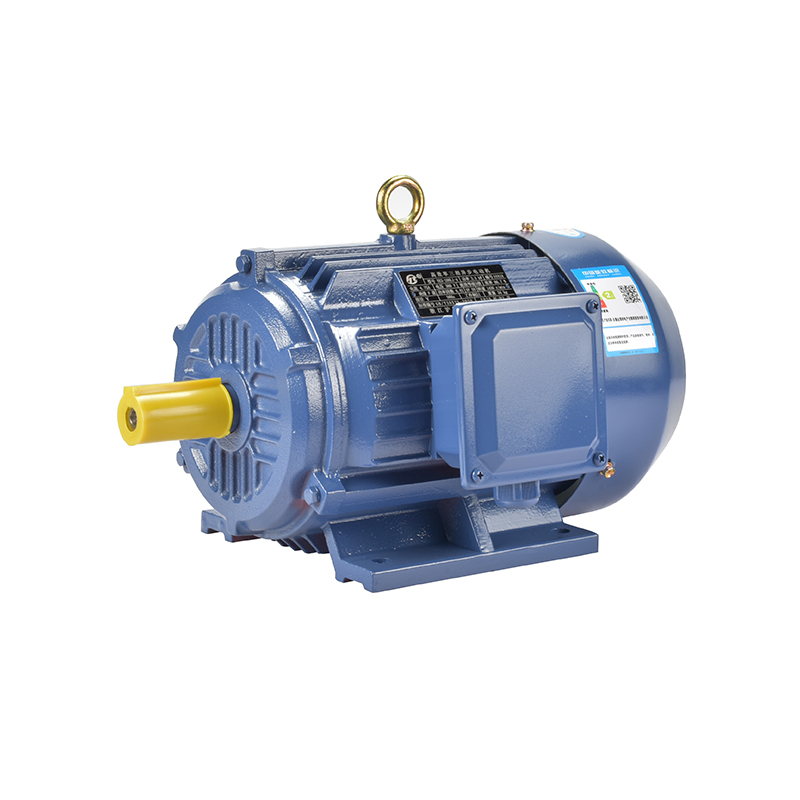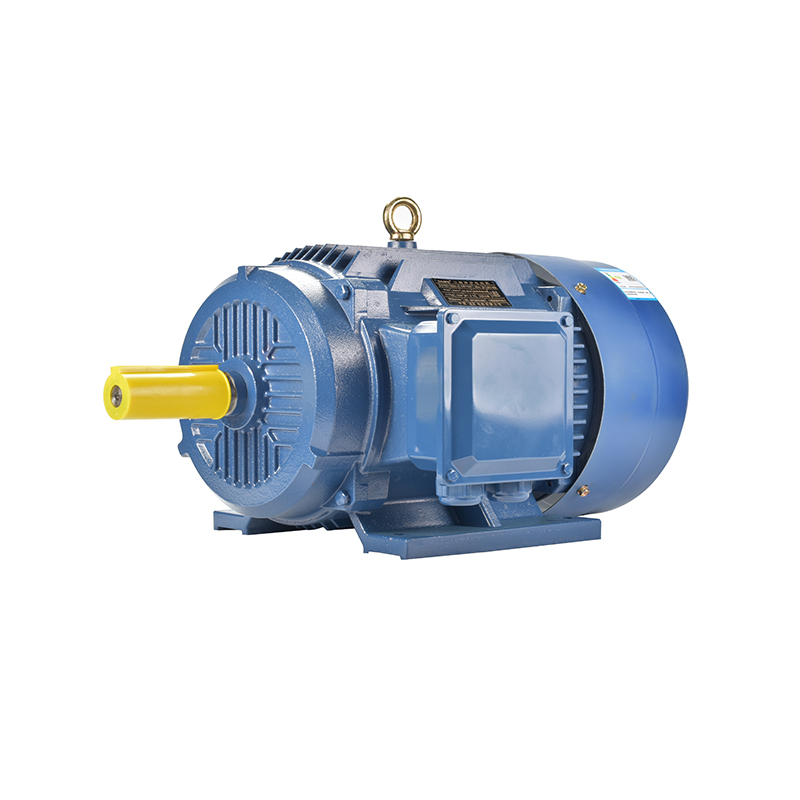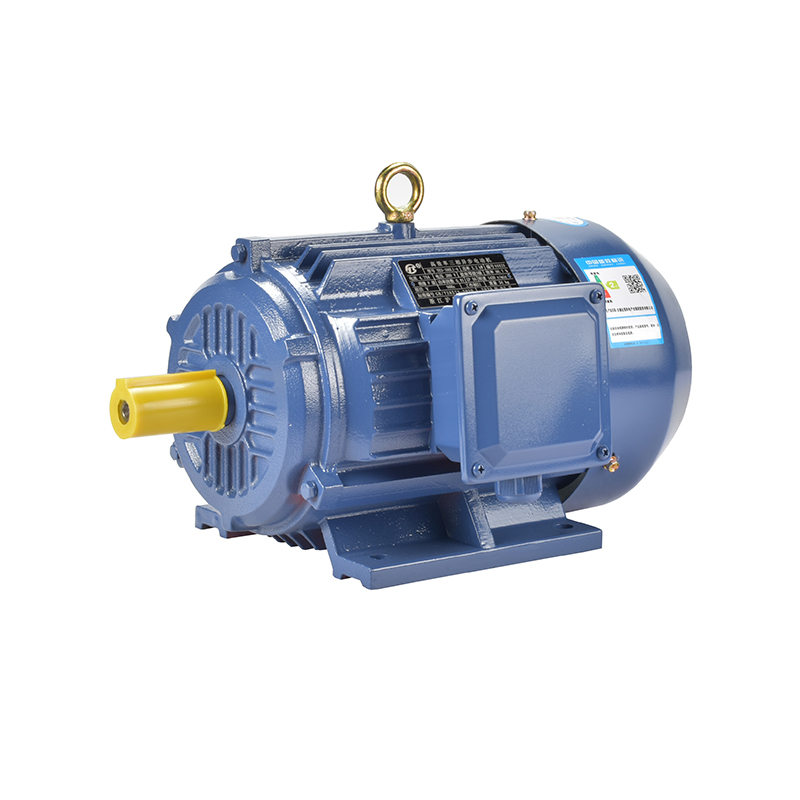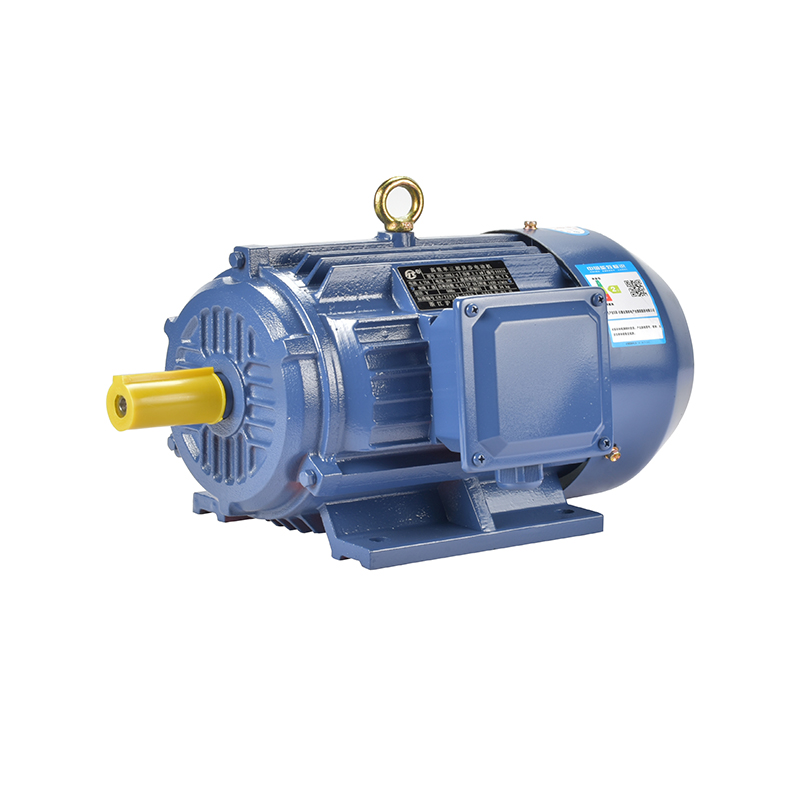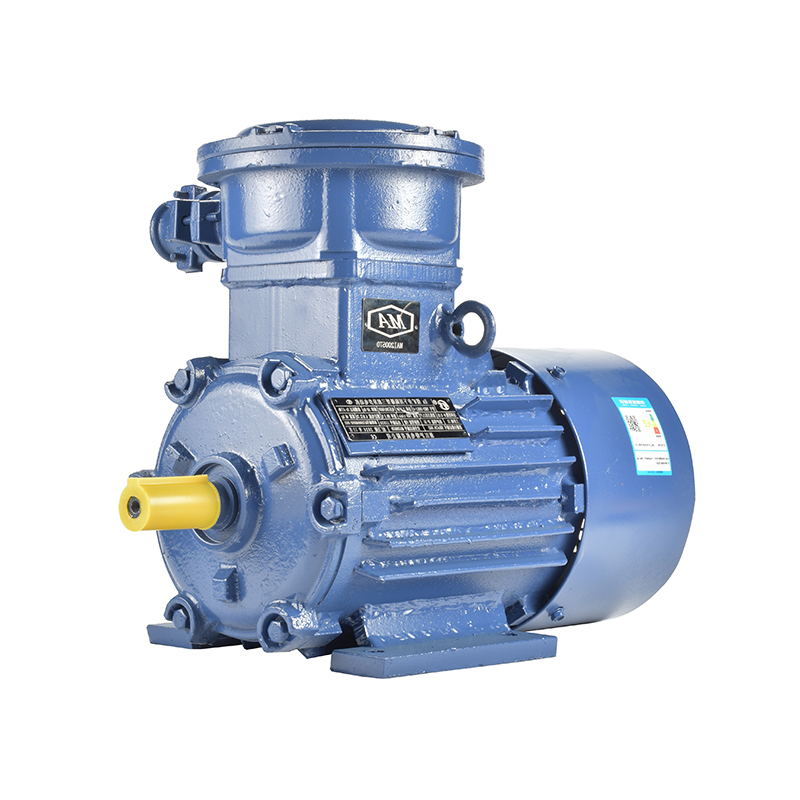Advancements In Three Phase Ki Motor Design Drive Energy Efficiency Initiatives
Advancements in the design of the three phase ki motor have significantly influenced energy efficiency initiatives across various industrial sectors. With the increasing emphasis on sustainability and cost-effective operations, businesses are seeking motor systems that not only perform reliably but also support reduced energy consumption. Among the technologies contributing to this shift, the frequency conversion motor has gained noticeable attention. These motors enable better control over power usage and mechanical output, particularly when used in conjunction with three phase ki motor systems.
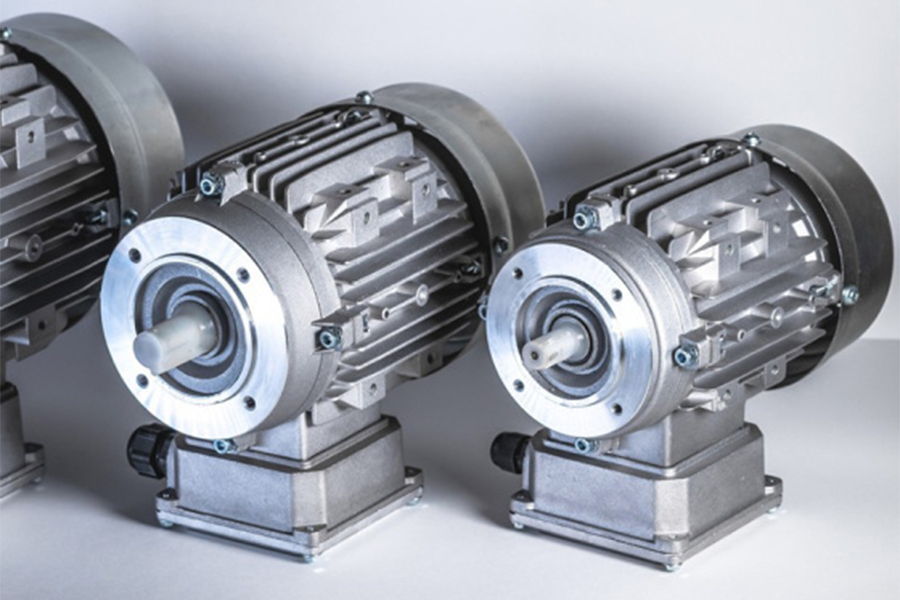
Modern three phase ki motor designs are now being engineered with enhanced winding configurations, improved magnetic materials, and refined rotor structures. These upgrades contribute to smoother operation and reduced mechanical losses. When paired with a frequency conversion motor, the system can adjust speed and torque in real time, less unnecessary energy expenditure during low-load periods. This functionality is especially beneficial in applications like HVAC, conveyor systems, and water treatment facilities, where load demand often fluctuates.
The frequency conversion motor plays a crucial role in variable-speed applications. Unlike traditional motors that run at a fixed speed regardless of the workload, these motors adjust according to operational demands. When integrated with a three phase ki motor, this adjustment becomes more dynamic and precise. The resulting synergy allows operators to manage electricity use more effectively, extending equipment lifespan while trimming utility expenses. These advantages are making the technology more desirable for organizations prioritizing sustainable development.
Additionally, industries that rely heavily on large-scale mechanical systems—such as mining, cement processing, and heavy manufacturing—are now reassessing their equipment setups. The inclusion of frequency conversion motor solutions in their infrastructure enables a smoother startup process, reduced inrush current, and diminished stress on components. When installed with a three phase ki motor, the system becomes more adaptable to changing environmental or operational conditions, helping facilities maintain performance consistency under varying workloads.
Research and development in this field continue to uncover ways to further reduce heat loss and electromagnetic interference. Innovations are also focusing on compact design formats without compromising performance. As the technology surrounding the frequency conversion motor evolves, its compatibility with the three phase ki motor continues to improve. Engineers and technicians are collaborating to develop motor-control systems that require less maintenance and can be easily integrated into existing industrial layouts.
Beyond industrial applications, the pairing of a frequency conversion motor with a three phase ki motor is making its way into commercial and agricultural sectors. For example, irrigation systems, food processing machines, and cold storage units can benefit from the variable-speed capabilities and energy efficiency offered by this combination. The motors’ ability to modulate power output based on actual usage ensures smoother operations and less wear on mechanical components over time.
The growing preference for energy-efficient equipment is influencing procurement strategies and project planning. Organizations are factoring long-term savings and environmental impact into their decisions. In this regard, both the frequency conversion motor and the three phase ki motor have emerged as viable technologies that align with these considerations. Their compatibility with automation systems and IoT integration further boosts their appeal among modern infrastructure developers.
In conclusion, the advancements in three phase ki motor design, when supported by the adaptable nature of the frequency conversion motor, are shaping a new standard for energy-efficient operations. As businesses and facilities continue to upgrade or replace outdated systems, the combined benefits of these motors are proving valuable in supporting both performance and sustainability goals. Through careful implementation and continued innovation, these technologies are set to play a critical role in the transition toward more responsible and resource-conscious industrial practices.
-
Feedback



 English
English русский
русский Español
Español عربى
عربى

